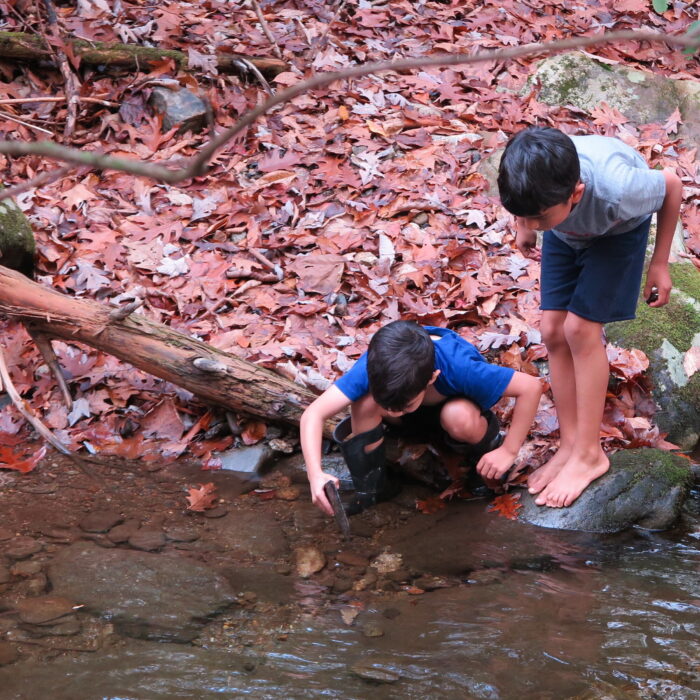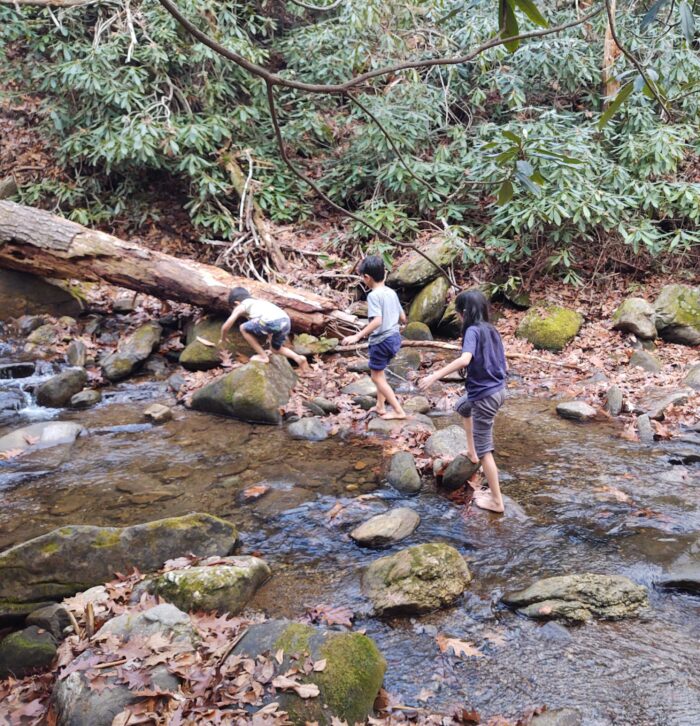Salesforce pro Donna Sy is a ‘force for good’
It’s no secret that we couldn’t take on our work to ensure a healthy environment for all without a dedicated team of administrative professionals, including SELC’s top-notch Development Team, trusted to introduce new people to our work and raise the organization’s funds each year.
Within that team, Donna Sy fills a crucial role as Salesforce Administrator, having more than 20 years of experience in the nonprofit and educational technology sectors and holding five certifications from Salesforce, the customer relationship management software SELC uses to keep track of our donors and advocates.
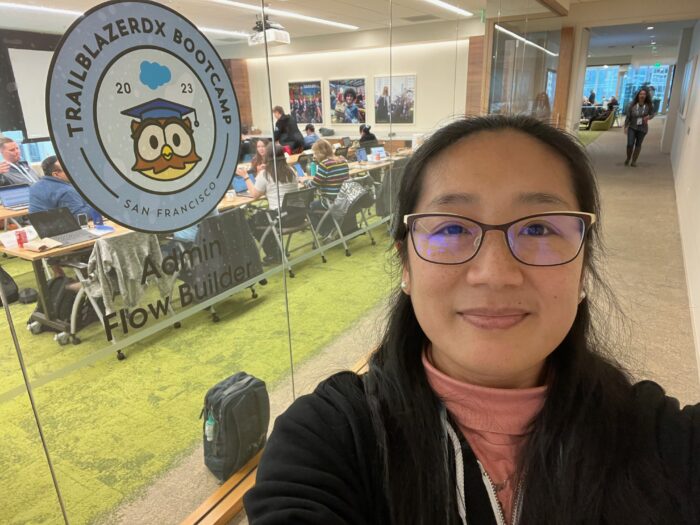
“What I like most about my role at SELC is that, through my work behind the scenes, I’m able to help translate our mass of data into a community hub that fosters human connections and helps make SELC’s environmental work possible,” says Sy.
At a recent Salesforce event, Sy connected with Amplify, a nonprofit she now volunteers with that works to boost historically excluded voices in technology. “Helping others advance in their careers lets me ‘pay forward’ the many kindnesses I’ve received along the way, and gives me a chance to invest my time and energy in a more equitable future,” she adds.
Read our recent conversation with Sy for more on her professional expertise, plus a look into collecting rare and “medium-rare” books, learning languages, and the fun of social dance.
Tell us about your work.
My colleagues and I work together very closely to reach out to people who are interested in the work SELC is doing, and who are willing to support us by writing to lawmakers, by making a gift, or through other means. We want to make sure every single person knows that their support is truly appreciated, that their actions are making a difference, and that SELC is making progress on so many environmental fronts.
Each one of our supporters is unique, so we’re constantly refining our communications using Salesforce to try to meet people where they are: in their lives, in their particular states and localities, and in their interests.
You’re our expert and fearless leader when it comes to Salesforce implementation. Any favorite Salesforce moments or conference swag?
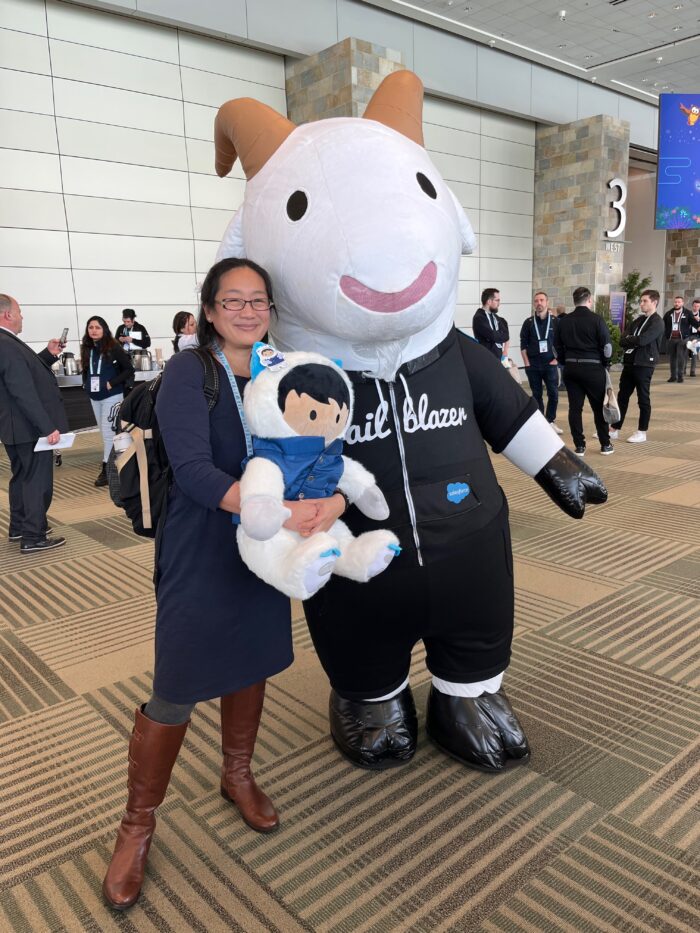
Anyone who’s stopped by my office and seen me wearing my Trailblazer hoodie with a collection of Salesforce character plushies around my desk knows I enjoy all the swag! Salesforce conferences are serious fun — but the pace of technological change is so rapid, and there’s so much available to learn in such a short amount of time, that it can feel overwhelming unless I stay focused on the slice of Salesforce that means the most to me: the small-but-mighty nonprofit community that uses Salesforce as a force for good.
And there’s nothing like the sight of a slightly embarrassed colleague carrying a giant plushie nearly as tall as they are to make me smile at the end of a long day.
Which area of SELC’s work do you find most interesting?
I’ve found myself most drawn to the areas of SELC’s work where there are potentially serious and immediate implications for human health, such as clean water. It was hard for me, as a parent, not to have a visceral response when I recently saw contaminated water warning signs up around a stream in Charlottesville that my children were trying to wade through. I can only imagine how I’d have felt, had I been on the edge of the Black Warrior River in Alabama, realizing that my child was exploring a waterfall of mine waste; or learning that the tap water I’d given my children to drink for decades was sourced from the Cape Fear River and contaminated with PFAS chemicals.
What I like most about my role at SELC is that, through my work behind the scenes, I’m able to help translate our mass of data into a community hub that fosters human connections and helps make SELC’s environmental work possible.
Donna Sy, Salesforce Administrator
It seems so obvious that there need to be more effective systems in place to regulate and monitor the disposal of potentially hazardous chemicals around our communities and waterways, and I’m grateful to SELC’s legal team for their ongoing work against pollution.

What do you like to do outside of work?
The leisure-time activity that I enjoy the most is social dance — both partner dancing and group dancing. In college, I was extremely lucky to have studied and performed historic and contemporary social dance under the direction of Richard Powers, an internationally renowned historian of American and European dance.
My partner Kolia learned Viennese waltz while he was a cadet and is a wonderful lead, so we’ve been dancing together since we started dating nearly twenty years ago. Though we used to do more waltz, swing, and ballroom dance, of late we’ve been going to local Irish céili dances and contra dances since our children love to dance with us as well.
How did you get into antiquarian book collecting, and which are your most prized on the shelf? What do you look for in an old book?
My parents taught me to read using old cloth-bound American primers from 1917, and similar schoolbooks printed in the US in the 1930’s for the Philippine market. To me, the depictions of John and Jean in sailor suits and pinafores with their horse-drawn buggies, and Rosa, Ana, and José among their carabaos, nipa playhouses, and mango trees were equally unfamiliar and fascinating. So ever since I was two I’ve loved older books, and more generally, the history of daily life.
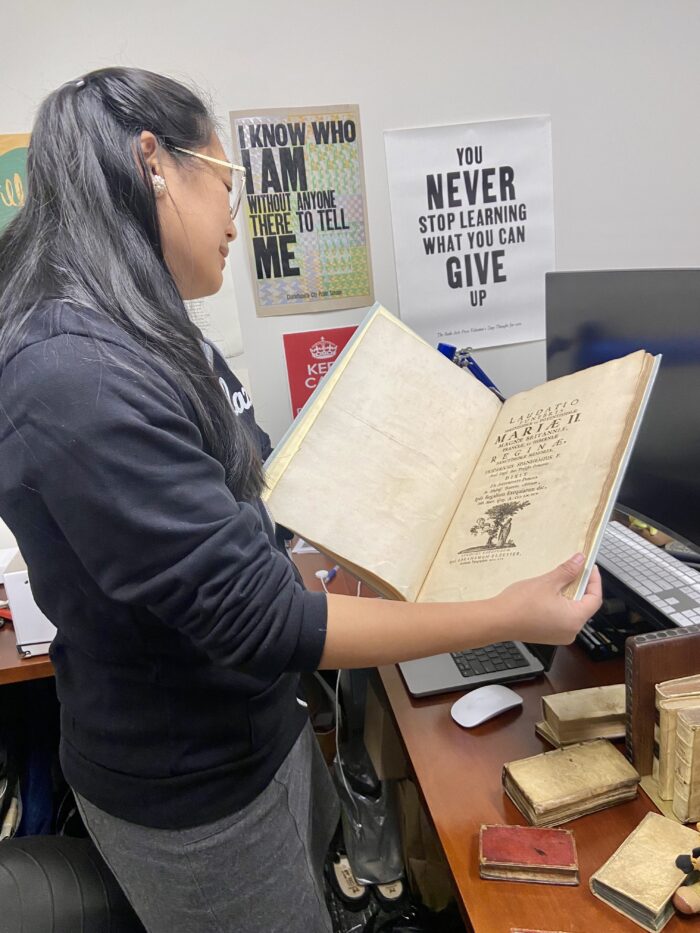
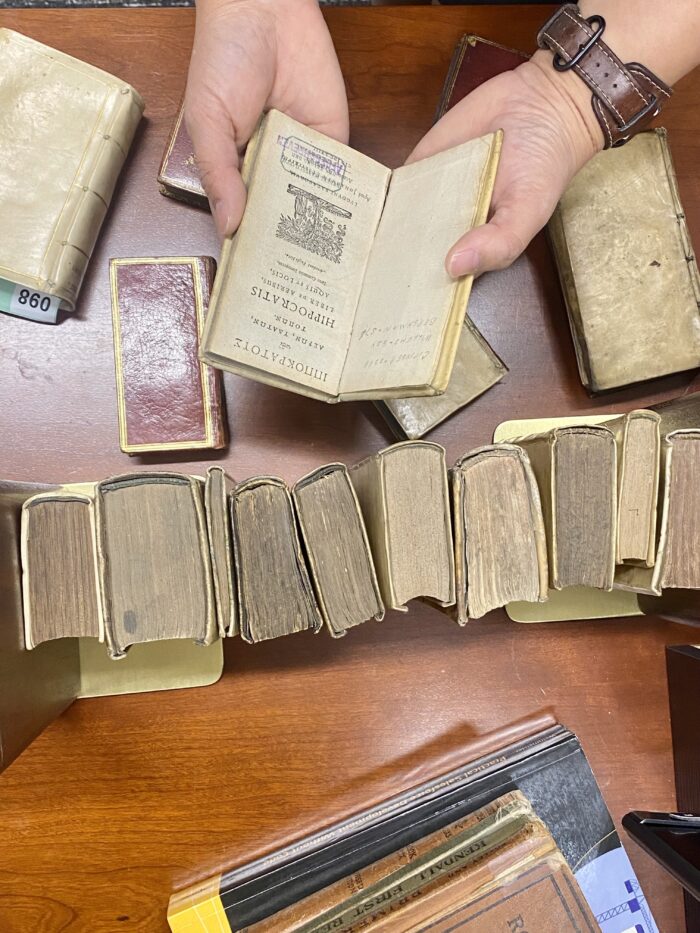
During my graduate studies at Princeton, I began collecting 17th-century books published by the Elzevier family in the Netherlands. Many of these books were used by students at the University of Leiden, and I’m always especially delighted when I come across the names of the students who originally owned these books, or the notes they took as they read. My Elzevier collection is certainly worth more than my set of old primers, but I’d have to say that the books I learned to read from are still the most prized on my shelf.
How many languages do you know, and which one is your favorite?
Latin is probably my favorite language because I find the literature is endlessly fascinating (I’m particularly fond of the historian Tacitus and the poet Lucretius) and capable of condensing so much meaning into so few words. I’ve formally studied eight languages, but the ones I know best are probably just English and Latin. When I was growing up, my family spoke to me in a mix of five languages — English, Mandarin, Hokkien, Tagalog, and Ilonggo — and that heritage has shaped my love of languages and the ways in which words travel among them.
What is a place in nature that your family enjoys?
My family loves exploring creeks, and I’m slowly getting better at dealing with a carful of wet kids and muddy clothes! Their favorite creek of all is Flat Creek in Montreat, North Carolina, because of all the sparkly rocks in the creekbed that they find particularly beautiful.
